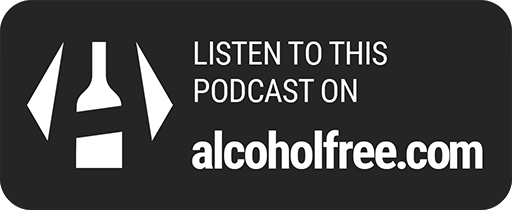Horizon Health Services

Horizon Health Alliance
Blind Awareness and Supporting Our Blind Community
Blind Awareness and Supporting Our Blind Community
Blind Awareness and Supporting Our Blind Community
Thursday 16th October 2025
Explore blind awareness with Ray Zielinski. Learn about advocacy, accessibility, and supporting the visually impaired community.
38 minutes
Inspiring
Informative
Educational
Supportive
Compassionate
About this podcast
Author:
Horizon Health Services
Overview:
Categories:
Sobriety Toolkit
Innovative Treatments & Recovery Paths
Recovery from Trauma
Family Recovery from Addiction
Financial Health in Recovery
Links:
Visit site
Episodes:
25 (View all)

Do you want to link to this podcast?
Get the buttons here!Blind Awareness: Insights and Advocacy with Ray Zielinski
Episode Overview
- Understand the distinction between blindness and visual impairment.
- Respectful communication is key; always ask how you can help.
- Advocacy for software accessibility is crucial.
- Intersectionality impacts individuals within the blind community.
- Support systems are vital for the development and well-being of visually impaired individuals.
"The barriers are only there if we put them there."
Curious about how others navigate their sobriety journey? This episode of Horizon Heart to Heart shines a light on blind awareness and the unique challenges faced by the blind community. Ray Zielinski, from Visually Impaired Advancement (VIA), joins host Shakira Henry to share his experiences and insights into the importance of advocacy and well-being for those who are blind or visually impaired.
Ray's journey, from losing his sight due to cancer treatment as a child to becoming an advocate and leader in his community, is both inspiring and educational. Ray discusses the evolution of his understanding of blindness, highlighting the fear and uncertainty his family initially faced. He shares how early interventions and support systems played a crucial role in his development, enabling him to lead a fulfilling life.
The conversation also touches on the distinction between being blind and visually impaired, emphasising the importance of language and awareness. The episode addresses the concept of 'forced inclusion'—when well-meaning individuals offer help without asking—and the need for respectful communication.
Ray offers practical advice on how to approach and assist someone who is blind, advocating for simple acts of kindness like asking, "How can I help you?"
Listeners will gain a deeper understanding of accessibility gaps in workplaces and the importance of advocacy for software accessibility. Ray's call for legislative changes to ensure software inclusivity is a powerful reminder of the work still needed in this area.
The episode concludes with a discussion on intersectionality, exploring how overlapping identities impact individuals within the blind community. Ray's message is clear: treat people as whole individuals, beyond their disabilities. This engaging conversation offers valuable insights and practical advice for supporting the blind community. So, how can you make a difference today?
